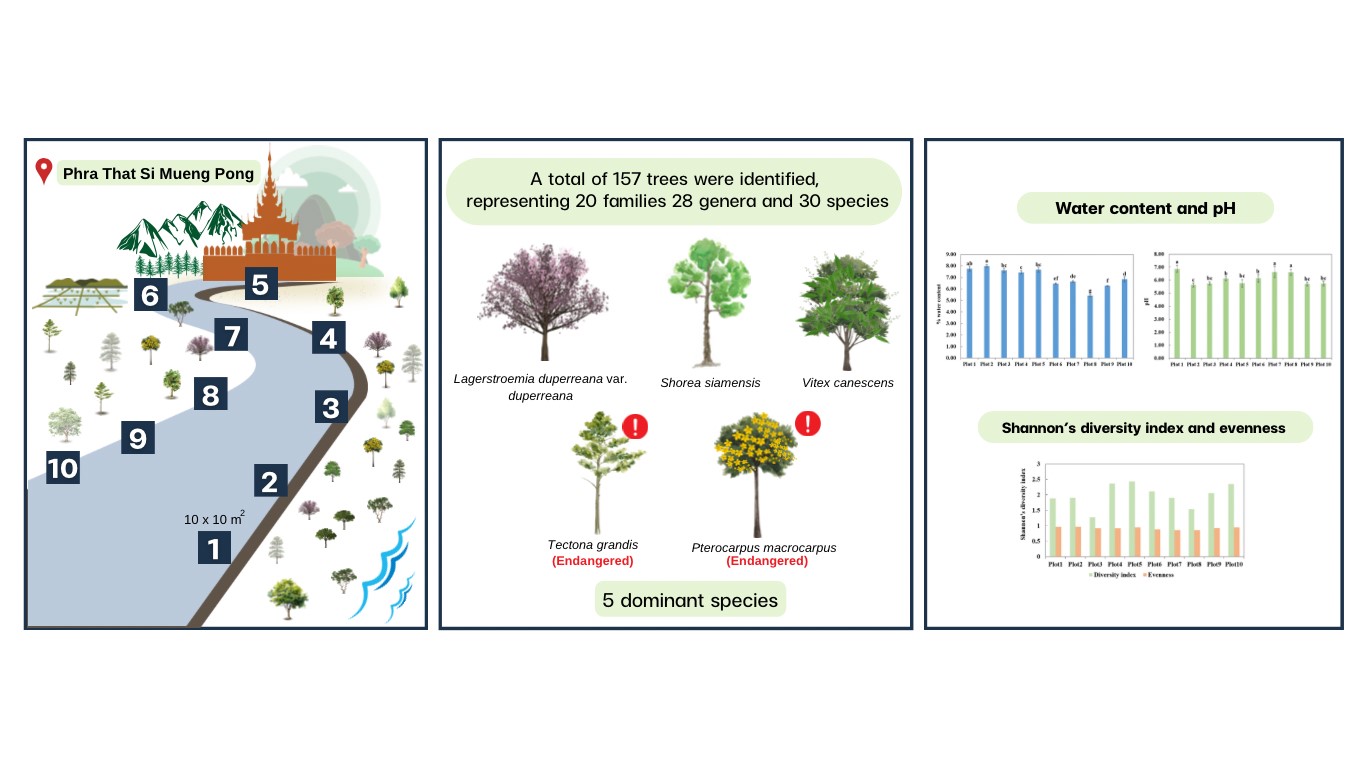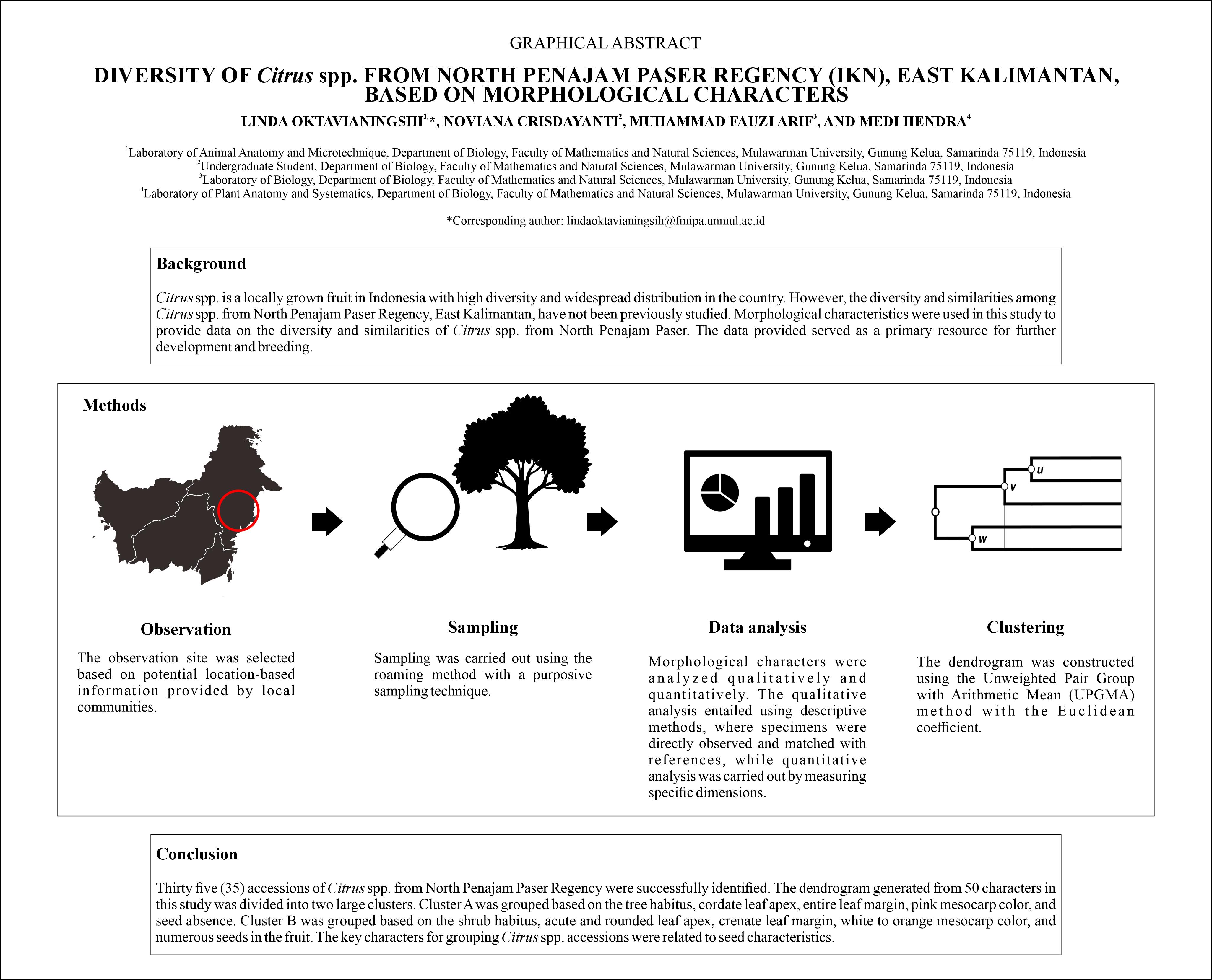Diversity and Status of Butterflies in Awasian Water Forest Reserve, Mt. Hilong-hilong, Philippines
Downloads
Butterflies are deemed as an essential faunal group in the ecosystem due to their ecological services. However, continuous habitat loss leads to the decline of its population. Thus, this study was conducted to assess its diversity and status in one of the Watersheds of Mt. Hilong-hilong. Sweep netting (336 man-hours) and butterfly trapping (200 trap days) were carried out to document the species. Fifty-seven species of butterflies were recorded with the family Nymphalidae as the most represented group (n = 30). Species diversity (H') was relatively higher in Dipterocarp (H' = 1.49) forest than Agroecosystem (H' = 1.39), a result primarily influenced by favorable ecological support like food availability. Endemicity was 31%, which comprised mostly of rare species. Noteworthy findings are the listing of globally and nationally rare species but locally assessed as common. Based on the results, the area harbors an array of butterfly species and various rare species that requires an effective management plan to conserve the organisms.
Downloads

This work is licensed under a Creative Commons Attribution-NonCommercial-NoDerivatives 4.0 International License.
Authors who publish with this journal agree with the following terms:
- Authors retain copyright and grant the journal right of first publication, with the work 1 year after publication simultaneously licensed under a Creative Commons attribution-noncommerical-noderivates 4.0 International License that allows others to share, copy and redistribute the work in any medium or format, but only where the use is for non-commercial purposes and an acknowledgement of the work's authorship and initial publication in this journal is mentioned.
- Authors are able to enter into separate, additional contractual arrangements for the non-exclusive distribution of the journal's published version of the work (e.g., post it to an institutional repository or publish it in a book), with an acknowledgement of its initial publication in this journal.
- Authors are permitted and encouraged to post their work online (e.g., in institutional repositories or on their website) prior to and during the submission process, as it can lead to productive exchanges, as well as earlier and greater citation of published work (See The Effect of Open Access).






























